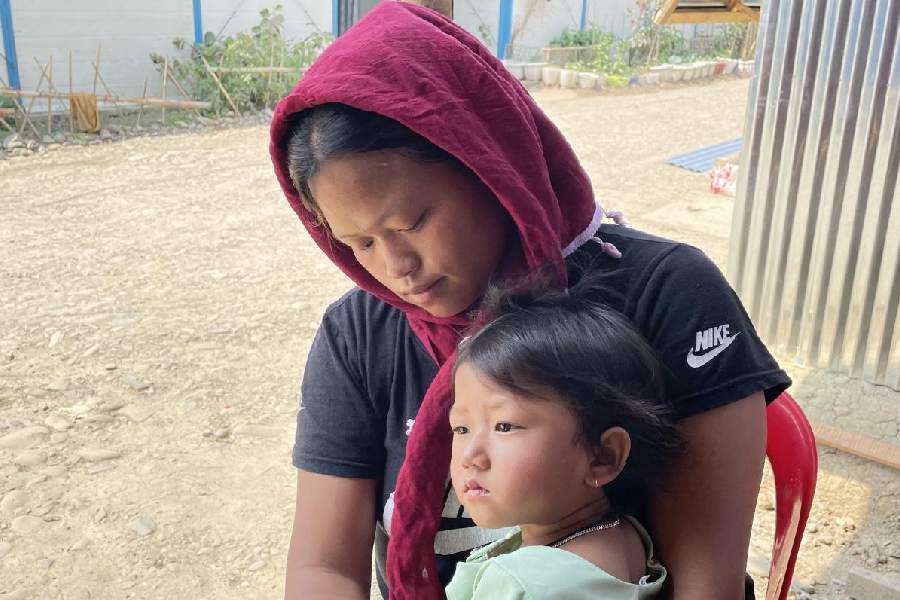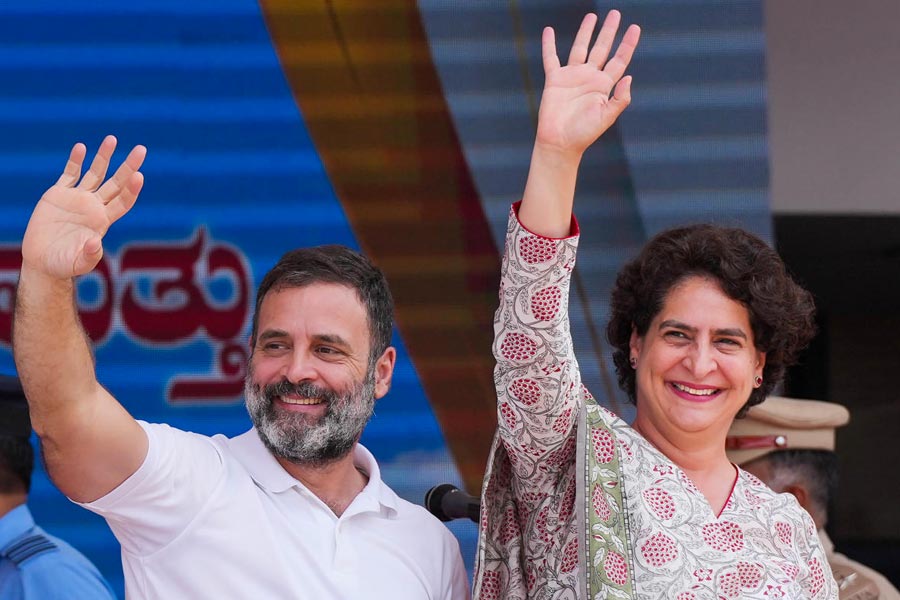The recent violence in Nuh (formerly Mewat), Haryana, which was followed by the demolition of houses and shops in and around Gurugram, has wider political significance. It not only underlines a set pattern of targeted violence but also points towards a much deeper crisis in our political life.
The incident was officially recognised as communal violence — a form of collective action that is perpetrated across religious/ethnic lines. By the same official logic, the use of bulldozers was legitimised for clearing illegal encroachments. It is almost impossible to find out any discriminatory angle in these overtly technical administrative moves.
Yet, most of the victims of this violence were Muslims; most of the houses/shops demolished by the authorities were owned by Muslims; most of the people who had to flee the area after the violence were Muslims; and those who were socially and economically boycotted by a few village panchayats were also Muslims. It is a typical case where a particular community is systematically punished for being habitual troublemakers. The division bench of Justices G.S. Sandhawalia and Harpreet Kaur Jeewan of the Haryana and Punjab High Court also made a pertinent observation. They noted: “… the issue… arises whether the buildings belonging to a particular community are being brought down under the guise of law and order problem and an exercise of ethnic cleansing is being conducted by the State.” (https://www.livelaw.in/top- stories/punjab-haryana-high- court-asks-on-nuh-demolition- drive-whether-buildings- belonging-to-particular- community-brought-down-as- exercise-of-ethnic-cleansing- 234623)
There is a given and standard liberal narrative, which tells us that the State has become completely communal and Muslims are being targeted systematically to sustain and nurture aggressive Hindutva. This explanation goes well with another powerful claim: democratic and administrative backsliding. It is argued that Indian democracy is declining under the Bharatiya Janata Party-led National Democratic Alliance and anti-Muslim violence is an outcome of this political deterioration. This line of reasoning is convincing. It might help us trace the crucial links between emerging authoritarian tendencies and the multifaceted violence against Muslims.
This explanation, however, has two limitations. First, it overemphasises the 2014 election and the rise of the Narendra Modi led-BJP as a single, decisive, and determining factor responsible for the communalisation of the State and the administration of the country. This is not true. Communal and caste divisions have always been an important aspect of our social life. The political class — political parties and groups associated with them directly or indirectly — uses these sociological fault lines to create a legitimacy for itself in a variety of ways.
For a long period of time, communalism and casteism were seen as challenges to the nation. The rise of Dalit and OBC politics reconfigured this political consensus in the 1990s in a significant way. Caste eventually came to be recognised as a legitimate category for achieving social justice. This crucial development went well with the basic philosophy of the Indian Constitution. At the same time, it did not pose any challenge to the Congress-dominated narrative of secularism and social inclusion.
The Hindutva groups worked hard to appropriate the idea of social justice. They evoked the historical and the social marginalisation of Dalit and Hindu OBC communities to create a new narrative of Hindu victimhood. The claim that caste-based reservation is only meant for reforming Hinduism is a good example of this political trajectory. The success of the BJP post-2014 forced other parties to accept this narrative as an ultimate reference point for political negotiations. Instead of proposing any alternative idea of nationalism, they began to celebrate their Hindu pride. That has been one of the reasons why non-BJP parties are hesitant to use the term, secularism, to counter the BJP’s politics of Hindutva. The communalisation of the State, in this sense, is inextricably linked to this new ‘political consensus’, which has been accepted more or less by the entire political class after 2014.
There is another problem with this explanation. The term, democratic backsliding, is often used freely to describe a number of different, and sometimes contradictory, political trajectories. The decline of institutional autonomy, political centralisation, and the authoritarian attitude of the ruling elite are seen as symbols of democratic backsliding in a strictly comparative sense. It is assumed that there is an empirically observable benchmark for measuring the level of democratic performances of a regime. This assumption is factually problematic. Democracy in the Indian context cannot be restricted to free and fair elections. Instead, it is deeply associated with the constitutional commitments to create a humane, rights-based, egalitarian social order. Hence, measuring the multifaceted idea of Indian democracy on the basis of an imagined checklist is analytically unhelpful. Communal violence against Muslims, for instance, is not a new phenomenon. There were serious riots in the past decades as well, particularly when the Indian political system was not seen as a declining democracy. This simply means that the democratic backsliding framework does not offer any satisfactory explanation to make sense of the present form of anti-Muslim violence.
There is a need to go beyond this standard liberal explanation. The idea of religion is an important vantage point in this regard. A few recent survey-based studies have shown that meanings of religion and religiosity have changed considerably in the last ten years. The Pew report, Religion in India: Tolerance and Segregation, for instance, found that contemporary religiosity is determined by a strange obsession with ritualism (https://www.pewresearch.org/ religion/2021/06/29/religion- in-india-tolerance-and- segregation/). A majority of Indians (that includes respondents belonging to all major religions) claim that it is very important to have public ceremonies for the birth of a child, public observance of death rituals, and religious processions to mark important festivals to assert their faith.
This fascination for publicly-displayed religiosity has two important implications. First, it reminds us that the crucial distinction between religion as a spiritual-moral force and religion as an expression of identity is gradually disappearing. Religions are primarily being observed as competing ideologies. Public assertion of religiosity is treated as an end in itself while there is no space for any discussion on moral-religious values and, for that matter, on sarva dharma sama bhava.
Secondly, the public display of this competing religiosity corresponds directly to the dominant political consensus of our time — Hindutva-driven nationalism. The demand to have shova yatras, mahapanchayats, and celebrations of kanwar yatras by the State underlines the belief that religion can only be meaningfully observed if it is celebrated in public. The competitive dimension of this religiosity is equally crucial. The presence of the green minarets of mosques and shrines, the public display of namaz on roads, the recitation of azaan five times a day and a visibly Muslim figure either in a skull cap or hijab contribute significantly to the given narrative of Hindu subjugation. This is precisely what has happened in the Nuh region. We must remember that Hindu communities are not mobilised for direct violence against Muslims. Instead, the public presence of Islam is used as a resource to create a fear psychosis among them.
The failure of our political class is evident. It does not have the moral courage to question the emerging dogmatic nature of religion. It fears that such a moral intervention may disturb electoral equations. This is perhaps one of the most serious challenges for our democratic sensibilities.
Hilal Ahmed is Associate Professor, CSDS, New Delhi










